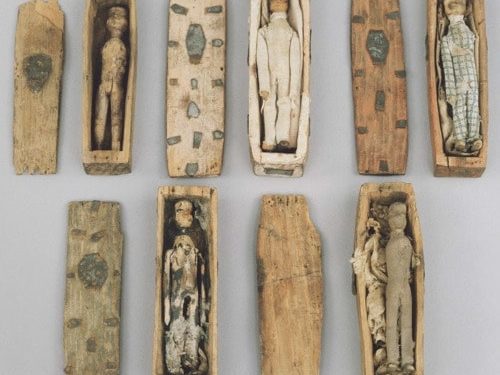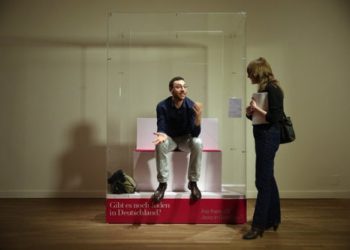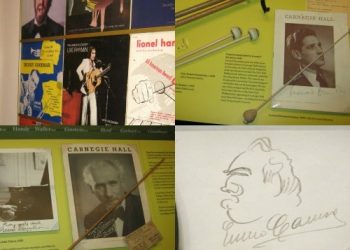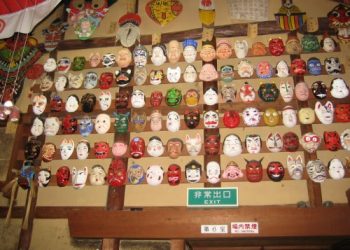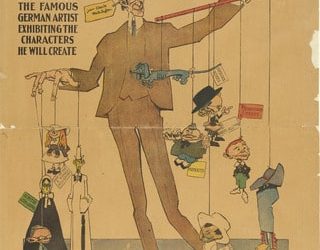Due to the small number of cadavers available for anatomical study in British medical schools during the early 19th century, many criminals committed grave-robbing, and even murder, to make some money. One such infamous case was the serial killer duo of Burke and Hare. Irish immigrants who lived in Edinburgh, Scotland, they suffocated (later known as “burking”) seventeen people between November 1827 and October 1828, then sold the bodies to Dr. Robert Knox, who used them for dissection at the local medical college. When they were finally caught for their crimes there was not enough evidence to convict them until Hare turned on Burke, and fully confessed. William Burke was hanged in January of 1829. His body was handed over for dissection (why of course), and his skeleton and a book bound from his skin are now part of the collection of the Royal College of Surgeons in Edinburgh.
But the story does not end there. In June of 1836, five young boys, hunting for rabbits accidentally found seventeen miniature coffins hidden inside a cave. Arranged under slates on three tiers, each tiny coffin contained a little wooden figure, carved with painted black boots and custom made clothes. Many theories were put forward, but most believed the seventeen tiny figures had to be effigies for the seventeen murder victims of Burke and Hare. The four inch long dolls were in the hands of a private collector until 1901, when eight of them, known as the Arthur’s Seat coffins, were donated to the National Museum Scotland, where today they are on public display.
